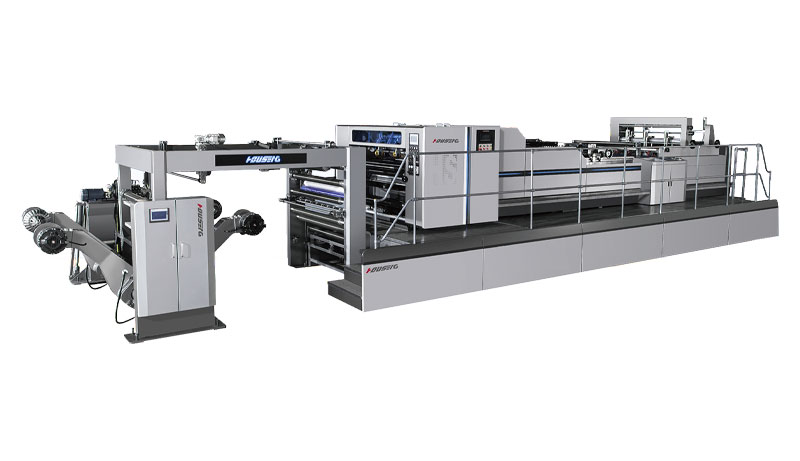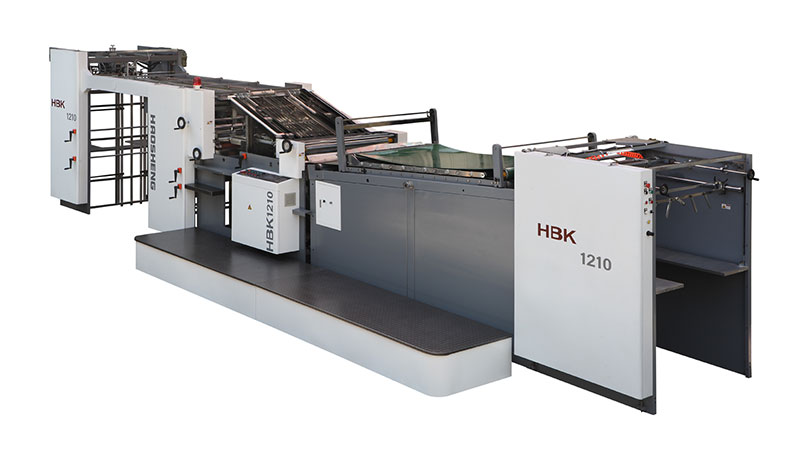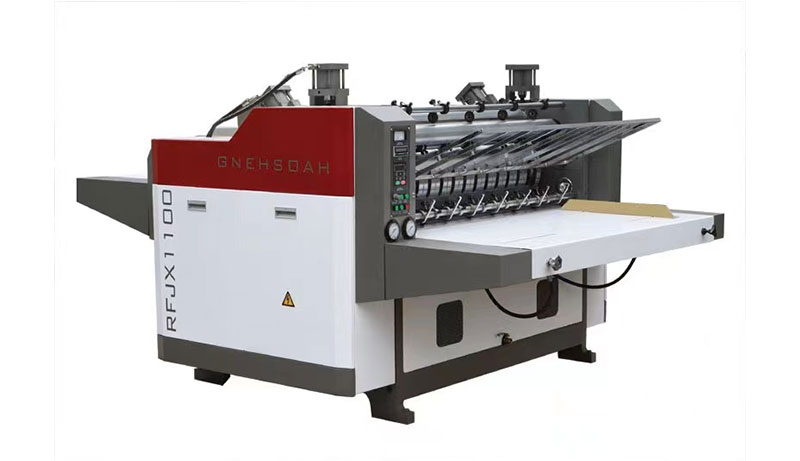What Is a Cut Sheet
A cut sheet refers to a single piece of material—typically paper, film, or foil—precisely cut from a large roll into specific dimensions using a sheeter machine. This process transforms materials into standardized sizes for industries like printing, packaging, and label manufacturing. The precision of cutting directly impacts downstream operations, making cut sheet knowledge essential for efficient material handling.
The Fundamentals of Cut Sheet Production
Sheeter Machine Technology
At the core of production lies the sheeter machine, a sophisticated tool converting continuous rolls to discrete sheets with digital controls, high-speed blades, and automated alignment systems. Key components include:
- * Unwind stands
- * Tension control systems
- * Cutting blades
- * Stacking mechanisms

Paper Industry Applications
Paper sheeter machines process jumbo rolls into sizes like letter or tabloid. The workflow involves unwinding, cutting, and stacking—but factors like paper thickness and blade sharpness require regular machine maintenance for quality output.

Key Applications of Cut Sheets Across Industries
Printing Industry
Cut sheet paper is the standard for offset and digital printing, ensuring consistent registration for brochures, catalogs, and marketing materials.
Packaging Industry
Corrugated sheeter machines create custom-sized cardboard for boxes and labels, optimizing material usage and aligning with sustainable practices.
Label & Sticker Sector
Specialized dies in sheeter machines produce pre-cut labels in intricate shapes for food, pharmaceutical, and retail applications.
Advanced Technologies in Cut Sheet Machinery
Intelligent Controls
Modern sheeters feature quick-changeover systems (e.g., automatic guillotine cutters) to minimize downtime for complex material configurations.
Laser Guidance Systems
Real-time alignment monitoring adjusts for thin films or heat-sensitive foils, preventing defects from minor deviations.
Automated Quality Control
Camera and sensor systems inspect sheets for miscuts, wrinkles, or burrs, enabling immediate corrections and waste reduction.
Optimizing Cut Sheet Processes for Efficiency
Blade Maintenance
Dull blades cause tearing—regular sharpening ensures clean cuts and prevents production delays.
Tension Control
Inconsistent tension leads to misalignment; automatic adjustment systems maintain uniform sheet dimensions.
Lean Manufacturing
Streamline material handling, reduce changeover times, and integrate JIT inventory systems via production planning software.
Choosing the Right Sheeter Machine
Key Selection Factors
Material Type (Paper, Film, Foil)
- Paper-specific machines: Optimized for pulp-based materials, with blade angles and tension systems calibrated for 20gsm tissue to 600gsm cardstock. For example, offset printers need sheeters with anti-static bars to prevent paper jams in coated stocks.
- Film & foil sheeters: Require non-stick blade coatings and temperature-controlled cutting zones to handle PET, PVC, or aluminum foil without edge curling. Flexible packaging manufacturers often need machines with dual unwind stations for laminating materials mid-cut.
- Multi-material versatility: Hybrid sheeters with interchangeable cutting modules suit print-on-demand businesses switching between paper and synthetic labels.
Required Sheet Sizes
- Standard vs. custom dimensions: Commercial printers may prioritize letter/A4 compatibility, while packaging firms need sheeters with programmable length settings (e.g., 24" x 36" corrugate blanks).
- Tolerance precision: Medical device labeling demands ±0.1mm accuracy, requiring sheeters with linear encoders and servo-driven blade systems.
Production Volume
- High-volume industrial models: 24/7 operations benefit from continuous-feed sheeters with automatic pallet changers (e.g., 10,000+ sheets/hour for newspaper printing).
- Low-volume flexible systems: Digital print shops thrive with compact sheeters offering quick job setups (e.g., changeovers in <5 minutes for short-run marketing materials).
Budget
- Capital vs. total cost of ownership: Entry-level sheeters (20k−50k) suit small businesses, while enterprise systems ($200k+) include predictive maintenance software. Leasing options often cover upgrades for tech-sensitive industries.
Machine Capabilities
Material Thickness/Width Compatibility
- Thickness range: Premium sheeters handle 0.01mm films to 3mm foam boards, with adjustable nip rollers to prevent material deformation.
- Web width capacity: Wide-format sheeters (up to 1.8m) serve signage industries, while narrow-web models (300mm) excel in label production.
Digital Controls & Automation
- Touchscreen HMI: Intuitive interfaces allow saving job profiles (e.g., pre-setting blade speed, stack height, and edge trimming parameters).
- IoT integration: Smart sheeters connect to factory ERP systems, auto-generating maintenance alerts based on blade wear or motor runtime.
Supplier Partnerships
Training & Technical Support
- On-site commissioning: Reputable suppliers provide 40+ hours of operator training, covering emergency stop protocols and software troubleshooting.
- 24/7 remote diagnostics: Modern providers offer VPN-accessible machines, enabling technicians to adjust settings via cloud platforms during production issues.
Spare Parts & Maintenance Plans
- Genuine OEM components: Critical parts like cutting cylinders should have guaranteed compatibility, with suppliers maintaining 5-year inventory stocks.
- Preventive maintenance packages: Annual servicing contracts (10-15% of machine cost) reduce unplanned downtime, often including blade sharpening and hydraulic system flushes.
Conclusion
Selecting the right sheeter machine demands a strategic balance of technical specifications, operational needs, and supplier reliability. As industries increasingly prioritize lean manufacturing and sustainable material use, cutting-edge sheeter technology—from AI-driven quality control to energy-efficient motors—will continue to redefine production standards. By aligning equipment choices with long-term business goals, companies can transform cut sheet operations from a utility function into a competitive advantage.




